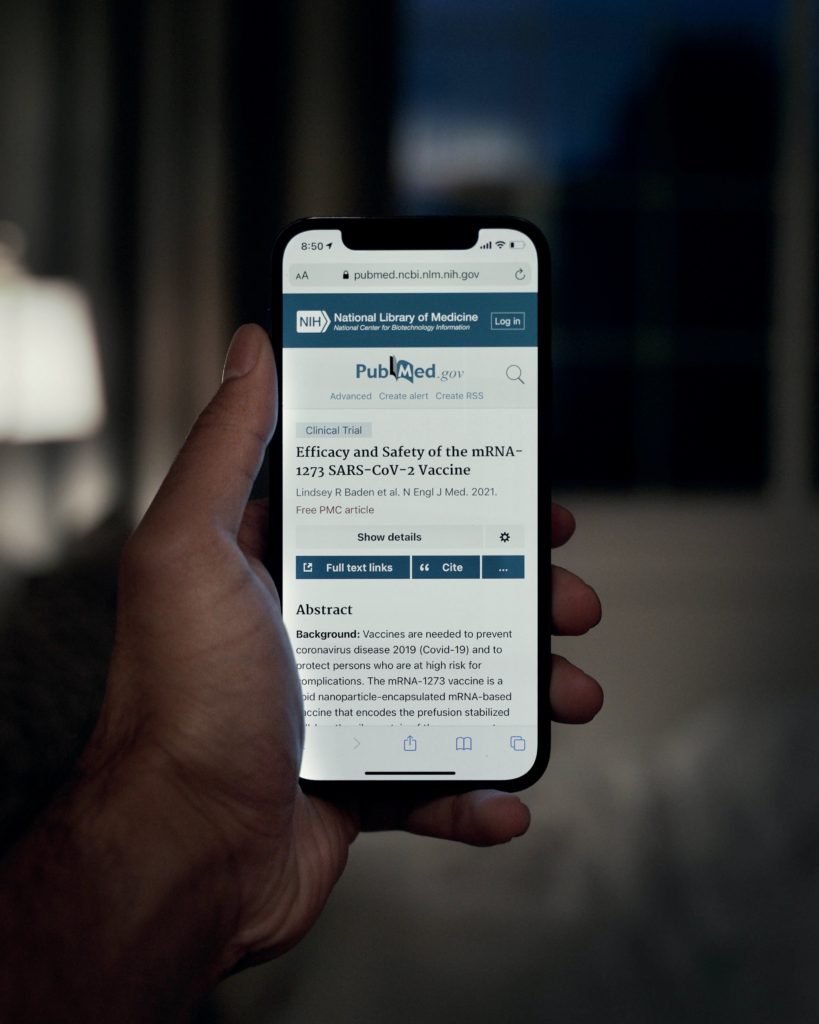Looking to create engaging content for podcasts? Look no further! In this article, we’ll explore some essential tools and equipment that can help take your podcast to the next level. From high-quality microphones like the Shure SM7B and Blue Yeti USB to professional studio headphones and audio interfaces, we’ve got you covered. We’ll also discuss editing software such as Adobe Audition and Audacity, as well as graphic design tools like Canva. So whether you’re a seasoned podcaster or just starting out, get ready to captivate your audience with our tips and recommendations for creating engaging content for podcasts.

Understanding Your Target Audience
Knowing Their Interests
To create engaging content for your podcast, it’s crucial to have a deep understanding of your target audience’s interests. Take the time to research and identify the topics that resonate with them the most. Consider their preferences, hobbies, and passions. By aligning your content with their interests, you can capture their attention and build a loyal listener base.
Identifying Their Demographics
Knowing the demographics of your target audience is essential in tailoring your podcast content. Analyze factors such as age, gender, location, education level, and occupation. This information can help you create content that appeals to specific demographics. Understanding your audience’s demographics will allow you to craft episodes that speak directly to their needs and desires.
Determining Their Listening Habits
Understanding your target audience’s listening habits is crucial for creating content that fits their preferences. Research how and where they consume podcasts. Do they listen during their commute, while exercising, or at home? Knowing their preferred platforms and formats can help you optimize your podcast episodes for maximum reach and engagement. Consider surveying your audience to gather direct feedback and insights into their listening habits.
Choosing the Right Topic
Focusing on Relevant Issues
Choosing a topic that is relevant to your target audience is key to creating engaging content. Stay up-to-date with current events, trends, and discussions within your niche. By tackling relevant issues, you position your podcast as a valuable source of information and generate interest among your listeners.
Considering Your Own Expertise
When choosing a topic for your podcast, it’s essential to consider your own expertise. Selecting a topic that aligns with your knowledge and experience will allow you to provide valuable insights and establish yourself as an authority in your field. Your expertise will shine through in your content, making it more engaging and credible for your audience.
Getting Suggestions from Your Audience
Engaging with your audience and seeking their input is a great way to choose podcast topics that resonate with them. Encourage your listeners to submit topic ideas or questions that they would like you to address. This not only helps you tailor your episodes to their interests but also makes them feel heard and involved in the content creation process.

Creating a Structure for Your Podcast
Organizing Your Thoughts
Before recording your podcast, it’s important to organize your thoughts and create a clear structure for your episode. This involves outlining the main points you want to cover and the order in which you’ll present them. A well-organized podcast ensures a smooth flow of information and prevents tangents or confusion that may disengage your audience.
Planning the Flow of Conversation
If your podcast involves multiple hosts or guests, planning the flow of conversation is crucial for creating engaging content. Consider the sequence of topics, the balance between speaking time, and allowing for natural back-and-forth discussions. A well-planned conversational flow will keep your audience entertained and invested in the dialogue.
Using Segments to Hold Interest
Incorporating segments into your podcast can help maintain your audience’s interest and prevent monotony. Segments can be recurring themes or features within your episodes that bring variety and break up the content. This could include listener Q&A, guest interviews, or even fun games. By using segments strategically, you can keep your audience engaged and eager to tune in for each new episode.
Developing a Unique Voice
Establishing Your Brand
Creating a unique voice for your podcast goes beyond the topic and content. It’s about establishing a recognizable brand that resonates with your target audience. Consider the tone, style, and personality that best align with your content and audience. Whether it’s being informative, conversational, or humorous, consistency in your brand voice will help distinguish you and make your podcast more memorable.
Expressing Your Personality
Your podcast is an extension of your personality, so don’t be afraid to let it shine through. Inject your unique traits, quirks, and enthusiasm into your episodes. Authenticity and genuineness will resonate with your audience and make them feel connected to you as the host. Remember, your personality is what sets you apart from other podcasts, so embrace it fully.
Utilizing Humor and Storytelling
Humor and storytelling are powerful tools for engaging your audience. Incorporate funny anecdotes, personal experiences, or relatable stories into your episodes whenever appropriate. When done well, humor and storytelling can captivate your listeners, evoke emotions, and create a memorable experience. Be sure to balance entertainment with valuable content to keep your audience engaged.

Making Use of Quality Recording Equipment
Microphone Selection: Shure SM7B Cardioid Dynamic Microphone and Heil Sound PR-40 Dynamic Studio Recording Microphone
Investing in high-quality microphones is crucial for delivering professional sound quality in your podcast. The Shure SM7B and Heil Sound PR-40 are popular choices among podcasters due to their excellent sound reproduction and versatility. These microphones capture clear and rich audio, enhancing the listening experience for your audience.
Choosing a Quality Audio Interface: Focusrite Scarlett 2i2 (3rd Gen) USB Audio Interface
A quality audio interface is vital for capturing and processing audio from your microphones. The Focusrite Scarlett 2i2 is a reliable option that offers excellent sound quality, low latency, and ease of use. It allows for precise control over your audio levels and offers seamless integration with recording software.
The Role of a Good Headset: Audio-Technica ATH-M50x Professional Studio Monitor Headphones vs. Sennheiser E835 Dynamic Cardioid Vocal Microphone
Using a good headset is essential for monitoring your podcast’s audio quality during recording and editing. Both the Audio-Technica ATH-M50x and Sennheiser E835 are highly regarded options. The ATH-M50x provides accurate sound reproduction and excellent comfort, while the E835 offers crystal-clear vocal monitoring and noise rejection. Choose a headset that suits your needs and budget.
Finding the Right Editing Software
Advantages of Adobe Audition Podcasting Software
Adobe Audition is a professional-grade audio editing software widely used by podcasters. It offers a vast range of features, including advanced editing tools, noise reduction capabilities, and multi-track editing. Its intuitive interface and seamless integration with other Adobe products make it a popular choice for editing podcasts.
Benefits of the Audacity Free Audio Editor and Recorder
Audacity is a free and open-source audio editing software that provides a comprehensive set of tools for podcast editing. Despite being free, Audacity offers features such as noise reduction, equalization, and multi-track editing. It is user-friendly, making it a suitable choice for beginners or podcasters on a budget.
Role of Auphonic Audio Leveling and Mastering Tool in Podcasting
Auphonic is an audio post-production tool that automates the leveling, equalization, and noise reduction processes in podcast editing. It helps ensure consistent audio quality across your episodes, saving you time and effort. Auphonic’s advanced algorithms optimize the sound quality and volume levels, resulting in a polished final product for your listeners.

Interview Techniques for Podcasts
Pre-interview Preparation: Research and Communication
Before conducting an interview, thorough preparation is necessary. Research your guest’s background, work, and any relevant topics you plan to discuss. Communicate with your guest beforehand to establish rapport, discuss expectations, and ensure a smooth interview experience. Preparing thoughtful questions tailored to your guest’s expertise will generate meaningful and engaging conversations.
During the Interview: Active Listening and Questioning
During the interview, actively listen to your guest’s responses and be attentive to their insights. Engage in active dialogue by asking follow-up questions that delve deeper into the topic. Encourage your guest to share personal stories or experiences to make the interview more captivating and relatable. Your genuine interest and active participation will create an enjoyable conversation for both your guest and your audience.
Post-interview Actions: Thanking Guests and Getting Feedback
After the interview, take the time to express your gratitude to your guest for their time and contribution. Thank them publicly during the podcast episode and in any associated promotional materials. Additionally, seek feedback from your guest to continuously improve your interviewing skills. Their insights can help you enhance future interviews and strengthen the quality of your podcast overall.
Promotion of Your Podcast
Utilizing Social Media Platforms
Leverage social media platforms to promote your podcast and engage with your audience. Create dedicated pages or profiles for your podcast on platforms such as Facebook, Twitter, Instagram, and LinkedIn. Regularly share teaser clips, episode highlights, behind-the-scenes content, and engaging graphics to attract new listeners and keep your existing audience engaged.
Collaborating with Other Podcasters
Collaborating with other podcasters can expand your reach and introduce your content to new audiences. Seek out opportunities to appear as a guest on other podcasts within your niche or invite relevant guests to feature on your show. Cross-promotion allows you to tap into each other’s listener base and create a mutually beneficial relationship.
Offering Unique Value to Encourage Sharing
Provide your audience with unique value that incentivizes them to share your podcast with others. This could involve offering exclusive content, early access to episodes, or special discounts or giveaways for your listeners. By consistently delivering value, you encourage your audience to become advocates for your podcast and help spread the word organically.
Engaging with Your Audience
Creating Interactive Segments
Integrate interactive segments into your podcast to actively engage your audience. This could include live Q&A sessions, polls, or contests where listeners can participate and win prizes. By involving your audience directly, you foster a sense of community and make them feel like valued contributors to your podcast.
Addressing Audience Questions and Comments
Regularly address audience questions and comments in your episodes. Encourage your audience to submit their queries and feedback via email, social media, or dedicated platforms such as community forums. By acknowledging and responding to your audience’s input, you create a sense of connection and encourage further engagement.
Creating a Community Around Your Podcast
Build a community around your podcast where like-minded individuals can connect, share, and discuss relevant topics. This can be achieved by creating online forums, social media groups, or hosting live events and meetups. Cultivate a supportive and inclusive environment that encourages constructive conversations and relationships among your audience members.
Consistent Improvement of Your Podcast
Constant Learning and Adaptation
The podcasting landscape is constantly evolving, so it’s essential to stay updated with industry trends and best practices. Continuously invest in learning opportunities, such as attending webinars, listening to industry podcasts, or reading relevant books and articles. Embrace change and adapt your podcasting strategies accordingly to keep your content fresh and engaging.
Getting Feedback from Your Audience
Regularly seek feedback from your audience to gain insights into their preferences and areas for improvement. Create surveys, polls, or dedicated feedback channels to collect their thoughts and suggestions. Actively incorporate listener feedback into your podcasting process to ensure you are consistently meeting their needs and expectations.
Staying Up-to-Date with Podcasting Trends
Stay informed about the latest podcasting trends, technologies, and distribution platforms. Monitor industry news, subscribe to podcasting newsletters, and engage with the podcasting community. By staying up-to-date, you can leverage new opportunities, optimize your content, and stay ahead of the competition.
In conclusion, creating engaging content for your podcast requires a deep understanding of your target audience, choosing the right topic, creating a structured format, developing a unique voice, utilizing quality recording equipment and editing software, mastering interview techniques, effectively promoting your podcast, engaging with your audience, and consistently seeking improvement. By following these guidelines, you can create a successful and captivating podcast that resonates with your audience and keeps them coming back for more.
